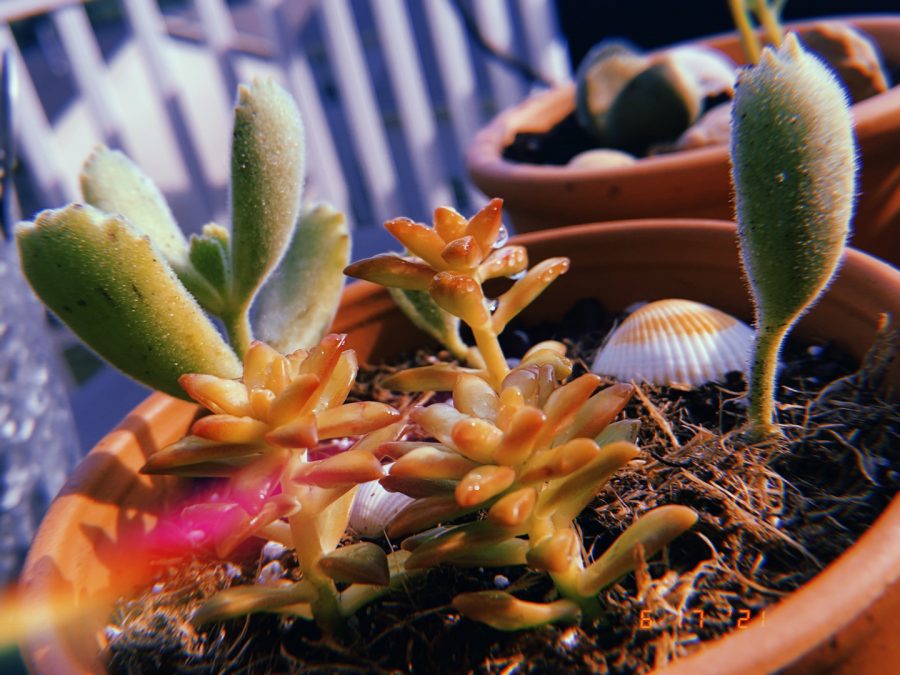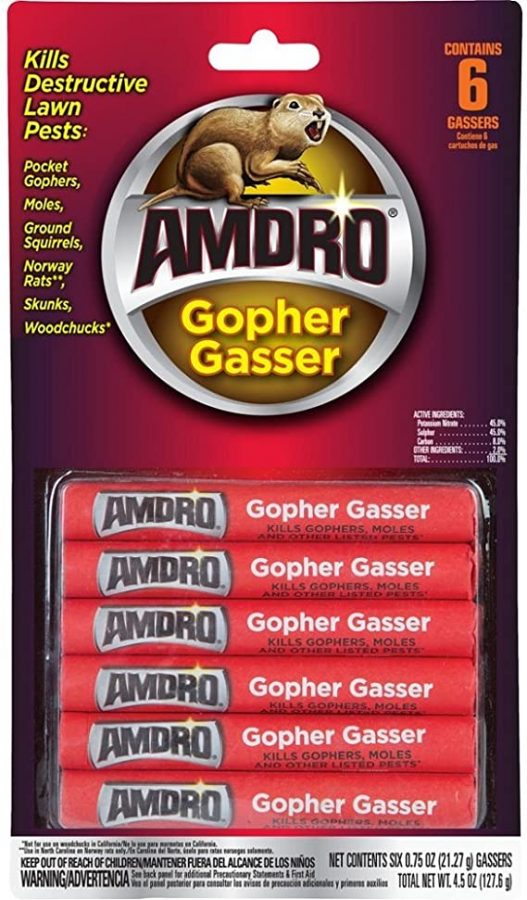Here’s the inside scoop on the exterior of your home: Although it can take a beating from weather and atmospheric conditions throughout the year, the sooner you address the issue, the less likely it is that the damage will lead to more and larger problems.
To help, home-improvement experts of-fer a few do-it-yourself projects that could mean more money in your pocket down the road.
To extend the life of your deck for years:
Check for loose boards and fasteners.
For “popped” nails, pound them back in and then drive a 3-inch galvanized drywall screw in next to it to hold the board firmly in place.
Gunk that’s accumulated in the gaps between deck boards can hold moisture that leads to premature rot.
To remove it, take an old handsaw and lightly “saw” through each gap. The blade will push the debris out of the gap so your deck can breathe.
Leaky or overflowing gutters can create problems ranging from peeling paint to damp basements. To take care of leaky or overflowing gutters:
Use an old plastic spatula as a minishovel to scoop leaves and debris out of the gutter. If it’s too wide, trim one edge.
Once clean, place a garden hose in the “high end” of the gutter, turn on the water and check for leaks. If there’s a leak at a seam, clean the joint and apply permanently waterproof silicone caulk. If there’s an actual hole in the gutter, replace it rather than patch it.
Weatherize with silicone caulk and save:
Air can enter or exit a house through cracks and openings in many places, and leaks can lead to higher energy bills, water damage and mold growth.
The upside is that a homeowner can save 10 percent or more on energy bills by air sealing, according to the U.S. Department of Energy.
Not all caulk provides energy savings over time, though. For long-lasting energy savings, choose 100 percent silicone, not acrylic caulk, which can shrink and crack over time, leaving gaps for air and water to seep through.




















